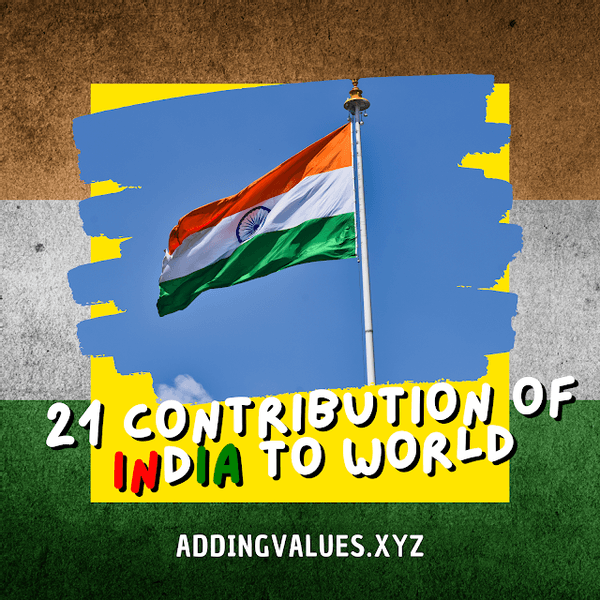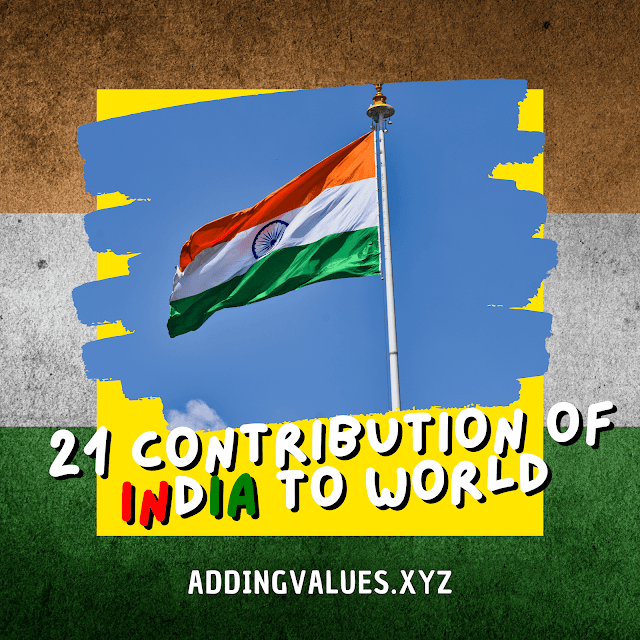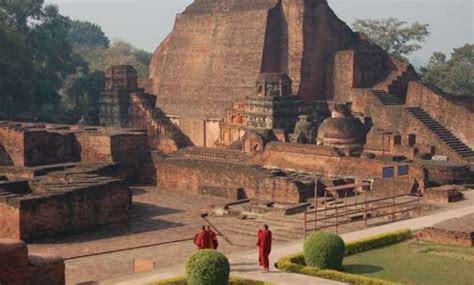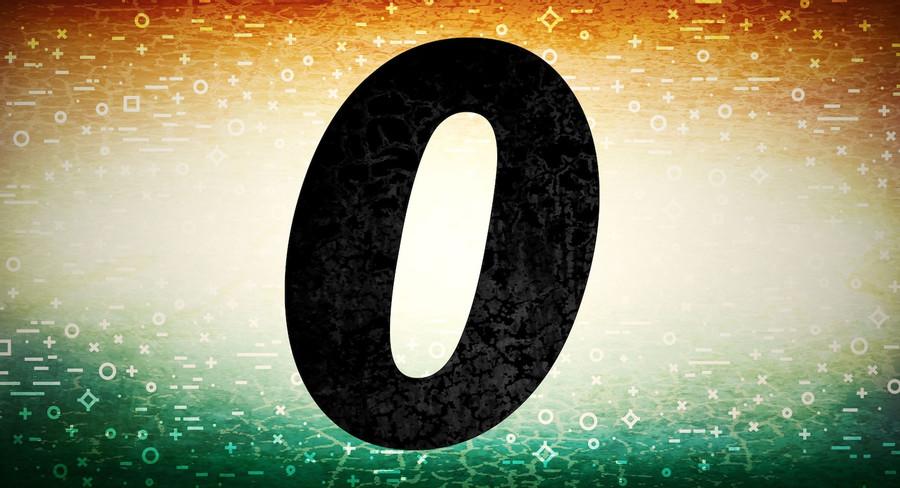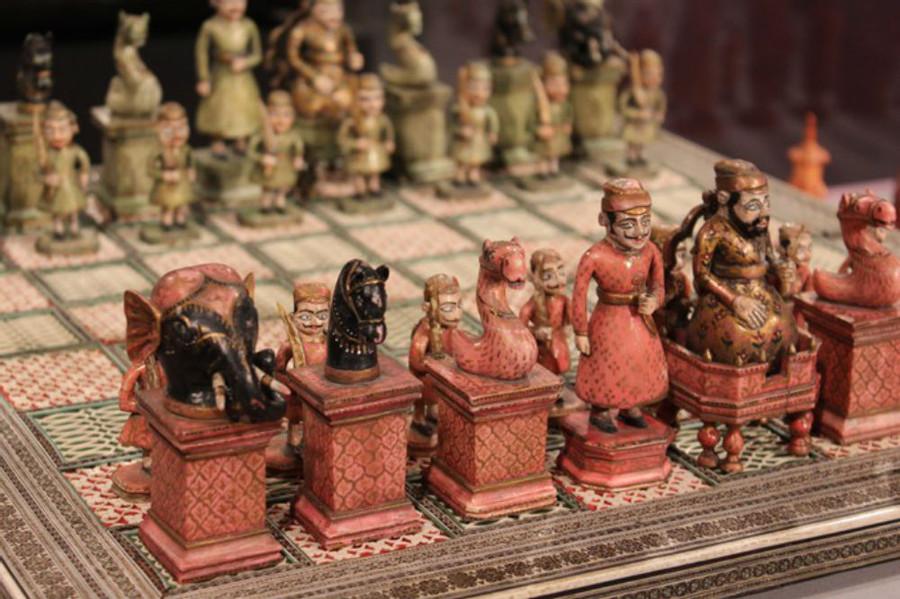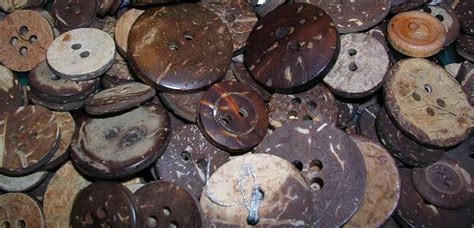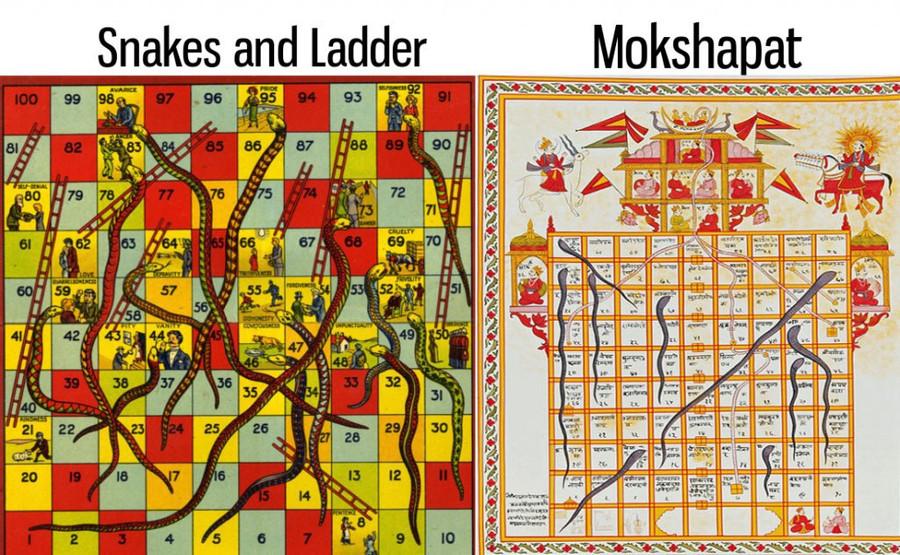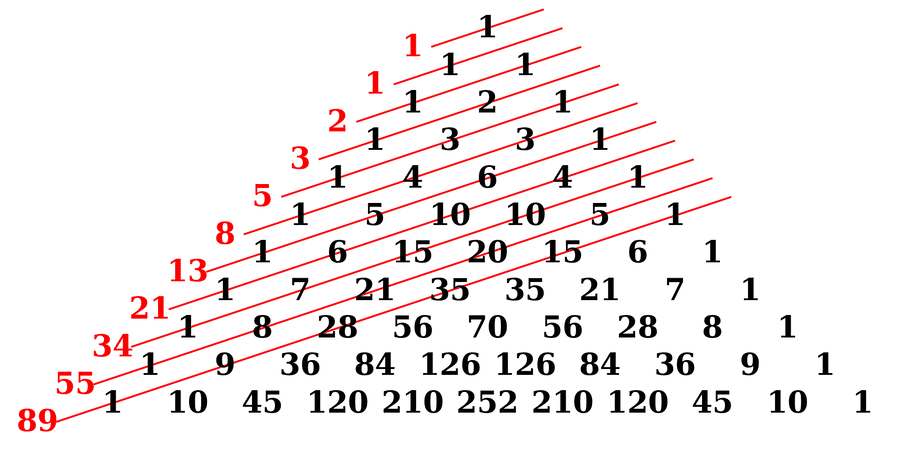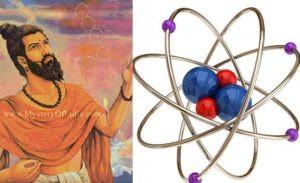Explore the World's Best Ideas
Join today and uncover 100+ curated journeys from 50+ topics. Unlock access to our mobile app with extensive features.
India.
India is a vast land brimming with talented and creative people of diverse backgrounds. There are many wonderful things India has introduced to the world. From 0 to the world's first university, from Snakes & Ladders to shampoo, India has been quite the Santa Claus.
14
112 reads
1. India gave the world its first university - Takshashila University:
As early as 700 B.C., there existed a giant University at Takshashila, located in the northwest region of India. It had 300 lecture halls, laboratories, a library, and a towering observatory for astronomical research. A Chinese traveler, Hien Tsang wrote in his diary that it had 10,000 students and 200 professors.
14
84 reads
2. India gave the world the numeral, Zero:
Although Babylonians used zero to signify the 'absent', Indians were the first to use zero as a symbol and in arithmetic operations.
14
81 reads
3. The game of Chess originated in India:
Chess is believed to have originated in Eastern India, c. 280 – 550 CE, in the Gupta Empire, where its early form in the 6th century was known as chaturaṅga.
14
81 reads
4. Indians were the first ones to use and invent buttons:
Ornamental buttons made from seashells were used in the Indus Valley Civilization by 2000 BCE. Some buttons were carved into geometric shapes and had holes pierced into them.
15
87 reads
5. Shampoo originated from India:
The word shampoo is derived from the Hindi word chāmpo and dates to 1762. The shampoo itself originated in the eastern regions of the Mughal Empire where it was introduced as a head massage, usually consisting of alkali, natural oils, and fragrances. Shampoo was first introduced in Britain by a Bengali entrepreneur from Bihar named Sake Dean Mahomed.
15
63 reads
6. India gave the cure for Leprosy:
Kearns & Nash (2008) state that the first mention of leprosy is described in the Indian medical treatise Sushruta Samhita (6th century BCE). However, The Oxford Illustrated Companion to Medicine holds that the mention of leprosy, as well as ritualistic cures for it, were described in the Atharva-Veda (1500–1 200 BCE), written before the Sushruta Samhita.
14
60 reads
7. Snakes and Ladders was inspired by an Indian game called Mokshapat:
It was originally called ' Mokshapat'. Snakes and ladders originated in India as a game based on morality. During the British rule of India, this game made its way to England and was eventually introduced in the United States of America in 1943.
14
66 reads
8. Ayurveda originated in India:
Ayurveda is an ancient system of medicine that dates back to Iron Age India (1st millennium BC) and is still practiced today as a form of complementary and alternative medicine.
14
57 reads
9. Bhaskaracharya rightly calculated the time taken by the earth to orbit the sun:
Using an astronomical model developed by Brahmagupta in the 7th century, Bhaskara accurately defined many astronomical quantities, including the length of the sidereal year, the time that is required for the Earth to orbit the Sun.
14
57 reads
10. Buddhism and Jainism originated in India:
Jainism has historically been largely confined to India, whereas Buddhism originated in India but subsequently flourished and developed several branches in other Asian countries.
13
60 reads
11. Indians were the first ones to describe the Fibonacci pattern of numbers:
This sequence was first described by Virahanka (c. 700 AD), Gopāla (c. 1135), and Hemachandra as an outgrowth of the earlier writings on Sanskrit prosody by Pingala.
14
82 reads
12. Cataract surgery was first found in ancient India:
In India, cataract surgery was performed with a curved needle used to loosen the lens and push the cataract out of the field of vision. The eye would later be soaked with warm butter and then bandaged. Though this method was successful, Susruta cautioned that cataract surgery should only be performed when absolutely necessary. These methods were later spread to the world.
14
49 reads
13. Crescograph is an Indian invention:
It is a device for measuring growth in plants and was invented in the early 20th century by Sir Jagadish Chandra Bose.
13
66 reads
14. Indians discovered the cashmere wool:
The founder of the cashmere wool industry is traditionally held to be the 15th-century ruler of Kashmir, Zayn-ul-Abidin, who employed weavers from Central Asia. The mention of woolen shawls made from this wool in Kashmir is found in several books between the 3rd century BCE and the 11th century CE.
13
38 reads
15. USB was developed and defined by Ajay V. Bhatt, who is an Indian-American computer architect:
You can also credit him for AGP (Accelerated Graphics Port), PCI Express, Platform Power management architecture, and various chipset improvements.
15
66 reads
16. India invented a card game called Suits:
Kridapatram, which also means "painted rags for playing" is an early suits game, made of painted rags. It was invented in Ancient India.
14
62 reads
17. India taught the world to cultivate Jute:
Jute has been cultivated in India since ancient times. India also exported raw jute to the western world, where it was used to make ropes and cordage. The Indian jute industry was later modernized during the British Raj in India.
13
44 reads
18. And described Trigonometric functions:
The trigonometric functions sine and versine originated in Indian astronomy. They were described in detail by Aryabhatta in the late 5th century but were likely developed earlier in astronomical treatises of the 3rd or 4th century. Later, the 6th-century astronomer Varahamihira discovered a few basic trigonometric formulas and identities, such as sin^2(x) + cos^2(x) = 1.
14
37 reads
19. The Pentium Chip was invented by an Indian:
Vinod Dham is also known as the Father of the Pentium chip, for his contribution to the development of highly successful Pentium processors from Intel.
14
70 reads
20. India gave candied sugar to the world:
The process of producing crystallized sugar from sugarcane was discovered by the time of the Imperial Guptas, and the earliest reference of candied sugar comes from India. The process was soon transmitted to China by traveling Buddhist monks. Chinese documents confirm two missions to India, for obtaining technology for sugar-refining.
13
48 reads
21. THEORY OF ATOM:
One of the notable scholars Rishi Kanada gave the concept of the atom long before John Delton was born. Rishi Kanada proposed that parmanu (atom) is an indestructible particle of matter. He also stated that anu can have two states – absolute rest and a state of motion.
13
51 reads
Promo
Hope You Enjoyed reading & Got some Impact-full Learnings from this article, If you Did then Hit the like button & put a comment. This helps us to work harder & Smarter Day by Day. & it motivates us to make this kind of content...
Now this Article is Available in Audio Format as Well, Also we are “AudioBook Media Center” now Available on All Popular Podcast Streaming Platforms Like:- Spotify, Apple Podcast, Google Podcast, Anchor, radiopublic, Pocket Casts & Breaker.
© Copyright 2021-22, All Rights Reserved, AudioBook Media Centre
13
31 reads
IDEAS CURATED BY
Adding Values is a new innovative way to learn new things, you will get Brainstorming things at your Finger Tip. We are committed to giving Valuable knowledge to the People of the World.
CURATOR'S NOTE
India is a vast land brimming with talented and creative people of diverse backgrounds. There are many wonderful things India has introduced to the world. From 0 to the world's first university, from Snakes & Ladders to shampoo, India has been quite the Santa Claus.
“
Adding Values's ideas are part of this journey:
Learn more about history with this collection
Different Easter traditions around the world
The significance of Easter eggs and bunnies in modern culture
The importance of the holiday in the Christian faith
Related collections
Similar ideas
Read & Learn
20x Faster
without
deepstash
with
deepstash
with
deepstash
Personalized microlearning
—
100+ Learning Journeys
—
Access to 200,000+ ideas
—
Access to the mobile app
—
Unlimited idea saving
—
—
Unlimited history
—
—
Unlimited listening to ideas
—
—
Downloading & offline access
—
—
Supercharge your mind with one idea per day
Enter your email and spend 1 minute every day to learn something new.
I agree to receive email updates
